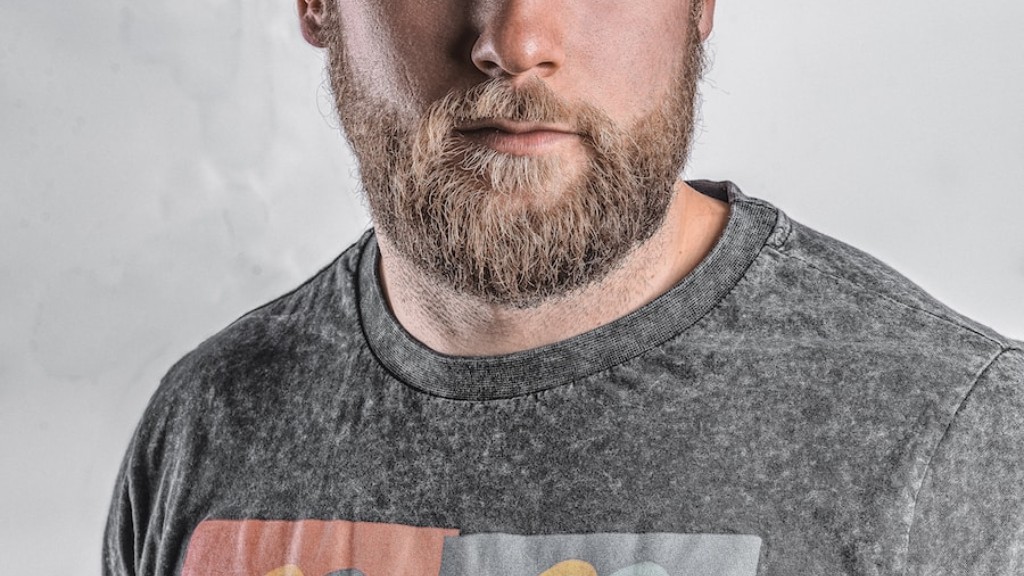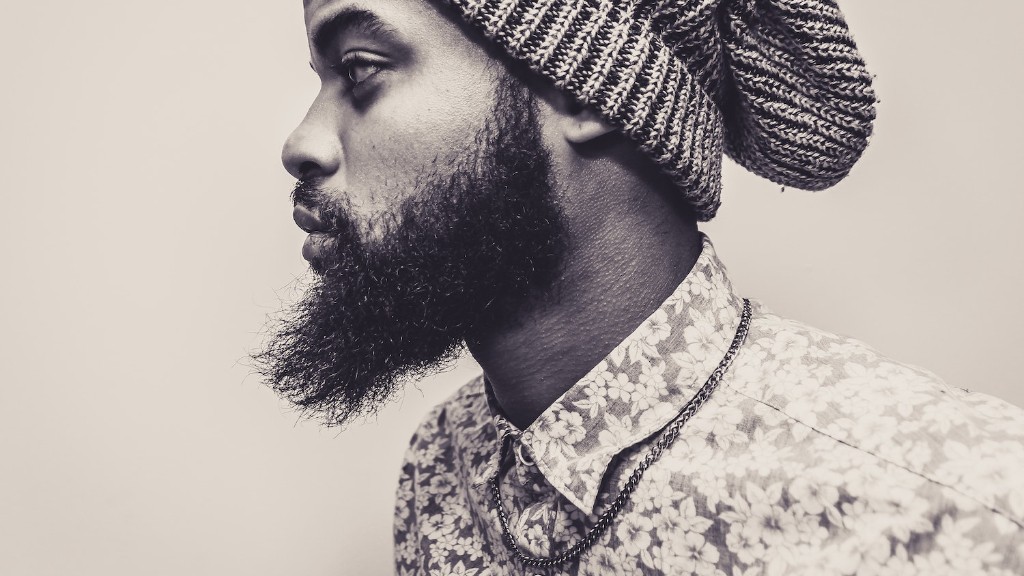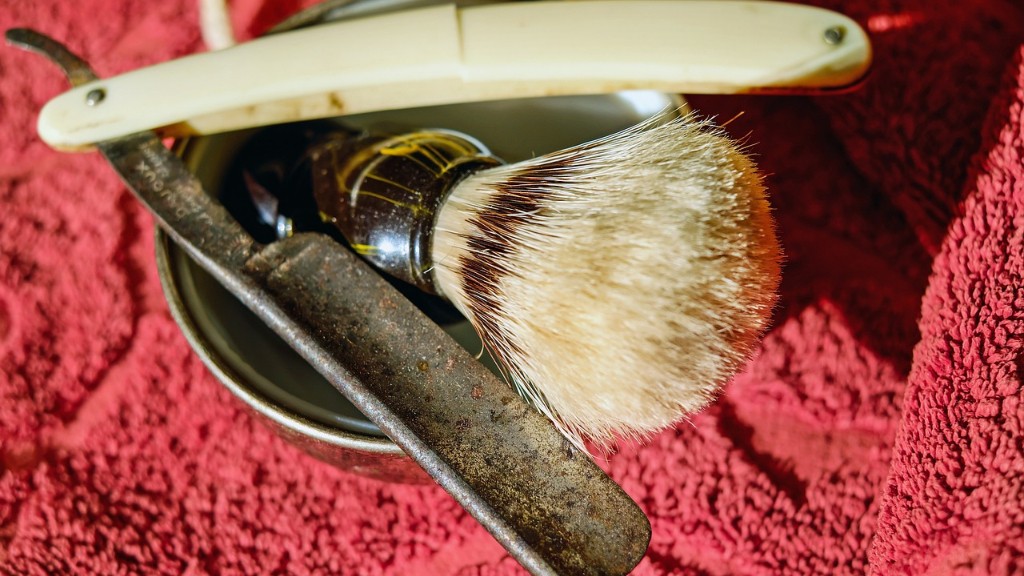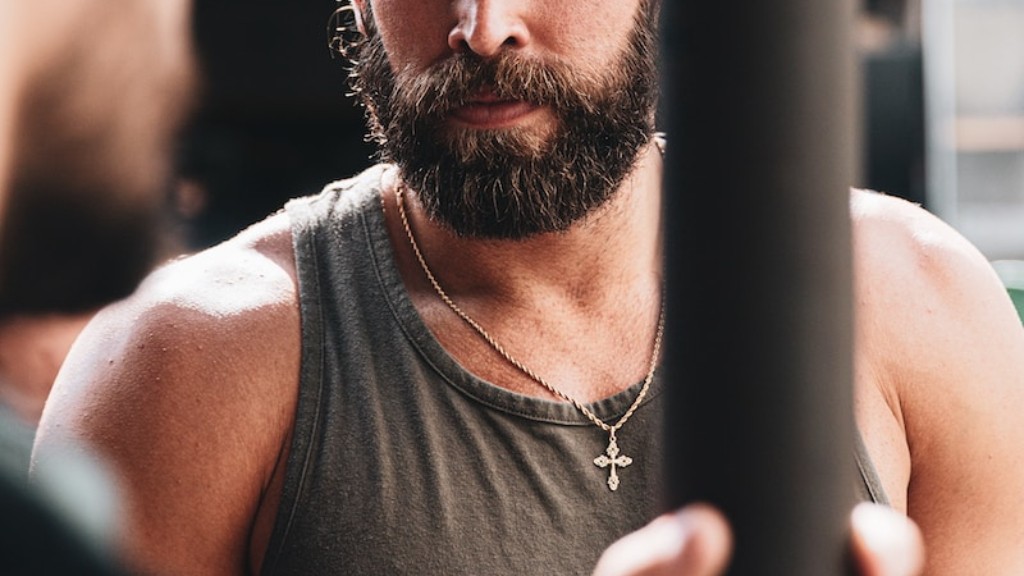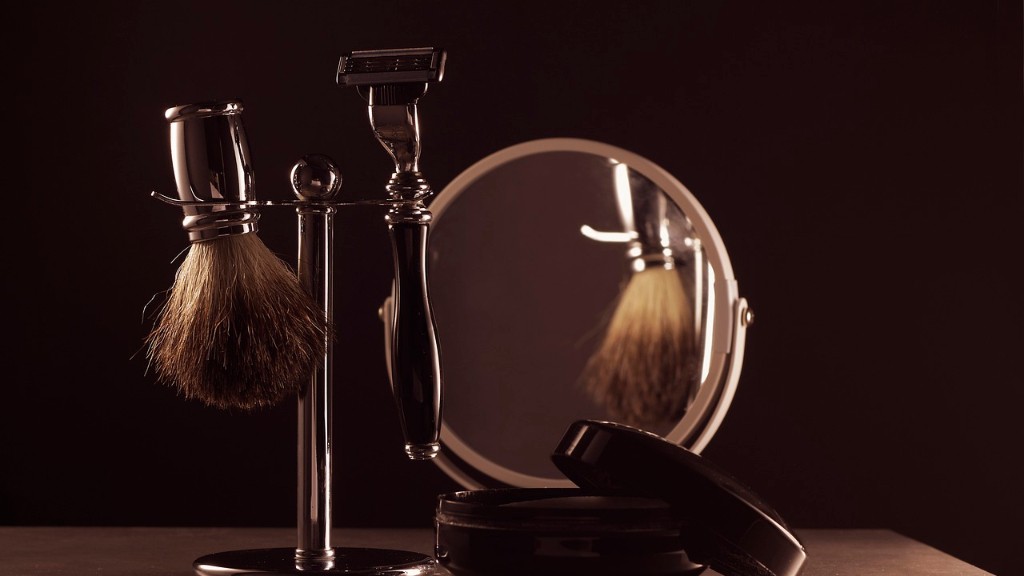Beards are known to be itchy and uncomfortable, and one of the main reasons for this is dandruff. Dandruff is caused by a fungal infection of the skin, and it can affect anyone, even those with the thickest, most luxurious beards. The good news is that there are a few things you can do to get rid of beard dandruff and keep your beard looking and feeling its best.
Yes, a beard can get dandruff.
How do you get rid of beard dandruff?
If you suffer from beard dandruff, don’t worry – you’re not alone. In fact, it’s a quite common problem. The good news is that there are a few simple steps you can take to reduce or even eliminate beard dandruff.
Wash your Beard: Just like the hair on your head, your beard needs to be washed regularly to stay healthy and dandruff-free. Use a mild beard shampoo or soap, and try to wash your beard 2-3 times per week.
Condition your Beard: A good conditioner can work wonders for a dry, itchy beard. Look for a conditioner that is specifically designed for beards, and use it after you wash your beard.
Dry your Beard properly: It’s important to make sure your beard is completely dry after you wash it. Otherwise, the damp environment is the perfect breeding ground for dandruff-causing fungus and bacteria. Use a towel to gently pat your beard dry, then use a blow dryer on a low setting to finish the job.
Brush your Beard: Brushing your beard helps to distribute the natural oils that keep it healthy. Use a soft bristled brush or comb, and brush your beard in
If you are affected by Seborrheic Dermatitis and are looking for the easiest way to get rid of it, shaving may be your best option. Although the exact cause of the condition is still unknown, it is often seen in men who grow facial hair and were previously unaffected. Shaving can help to remove the build-up of oil and skin cells that can aggravate the condition.
Is dandruff normal in beard
Beard dandruff is a common problem, but it’s easy to treat with the help of a simple routine. Whatever you decide to do, make sure you pay attention to both the hair of your beard and the skin underneath. If you’re still not seeing any improvement after a few weeks, talk to your doctor.
Beard dandruff is basically the same as dandruff on your head, with the same cause – Malassezia fungus. Yeah, it sounds nasty, but it’s not as bad as you think. This fungus feeds on the natural oils that are produced by your skin, something that’s called sebum. This fungus starts breaking this down into oleic acid.
Does facial dandruff go away?
Seborrheic dermatitis is a skin condition that can cause scaly, itchy patches on your skin. It’s also called dandruff, seborrheic eczema, or seborrheic psoriasis. The condition is common and usually isn’t serious. But it can be difficult to treat and can come back.
There is no cure for seborrheic dermatitis, but you can manage the symptoms with medicated shampoos or other products. You may need to use these products long term to keep the symptoms from coming back.
It’s important to keep your skin clean, especially if you have facial hair. Washing your face and beard twice a day will help get rid of dirt and oil, and prevent your pores from clogging. This will also help to reduce dandruff.
What are white flakes in beard?
Everyone is familiar with conventional dandruff that forms on your scalp and leaves white flakes in your hair But beard dandruff – or ‘beardruff’ – is just as common among those who sport facial hair. It is caused by a yeast-like microbe that thrives and grows in environments rich in oil.
Dandruff shampoos work by fighting the root cause of dandruff, which is usually a fungal or bacterial infection. Head & Shoulders dandruff shampoos contain zinc pyrithione, which is a proven active ingredient that helps to fight dandruff.
How often should I wash my beard
A healthy beard should be washed 2-3 times per week. Washing your beard too often can strip away your natural oils and leave your beard and skin dry. When you wash your beard, use a gentle, sulfate-free shampoo and conditioner to avoid drying out your beard.
If you’re looking for an anti-dandruff conditioner that will also moisturize your beard and face, Head & Shoulders is a great choice. Their conditioners are designed to hydrate both your beard and face, while also tackling the flakes.
Do beard oils help with dandruff?
There are a few things you can do to reduce beard dandruff and stop beard itch. First and foremost, use beard oil. Beard oil will soften your beard, eliminate flakes, eliminate itch, moisturize, strengthen and protect the beard/skin. Secondly, make sure you are cleansing your beard regularly with a quality beard shampoo and conditioner. Third, use a boar bristle brush to help distribute the natural oils throughout your beard. Finally, make sure you are getting enough vitamin B and C in your diet as these vitamins are essential for healthy skin and hair.
The major culprit of dandruff is a fungus called Malassezia. This fungus exists on most adults’ scalps. It feeds on the oils on your scalp, breaking it down and leaving oleic acid in its place.
Is beard dandruff the same as scalp dandruff
Beard dandruff is simply seborrheic dermatitis that has developed on the face. This common skin condition is caused by an overgrowth of a type of yeast known as Malassezia globosa. This yeast is found naturally on the skin and usually doesn’t cause any problems. However, in some people, this yeast can overgrow and lead to the development of seborrheic dermatitis. Treatment for beard dandruff is typically the same as treatment for scalp dandruff. This usually involves using a medicated shampoo containing antifungal or anti-yeast agents.
Tinea sycosis is a hair follicle infection caused by a fungus. Swollen, pus-filled patches of skin (kerions) can form at the site of the infection. Scarring and hair loss can occur at the site of the kerion. You may also experience fever, fatigue and swollen lymph nodes.
How do you treat dandruff on your beard naturally?
Aloe vera gel is a great home remedy for dandruff. It is a natural anti-fungal and anti-inflammatory product, and its regular application to your beard can soothe itchiness, help get rid of beard dandruff, and also prevent reoccurrence.
Dandruff is a condition of the scalp that causes flakes of skin to appear. It is a common condition that can affect anyone, but it is most common in people who have oily skin or who have a skin condition called seborrheic dermatitis. There are many different types of shampoo that can be used to treat dandruff, but the most important thing is to wash the scalp frequently with a regular shampoo.
Conclusion
Yes, a beard can get dandruff. Dandruff is a condition that causes the skin to flake and produce white or yellowish patches. It can be caused by a number of factors, including dry skin, oily skin, fungal infections, and certain medical conditions.
A beard can get dandruff for a number of reasons. One could be that the person isn’t properly cleaning their beard, which can lead to a build-up of oils and skin cells. Another reason could be that the person has a skin condition like seborrheic dermatitis, which causes the skin to produce too much oil. If a person has dandruff in their beard, they should try to use a gentle shampoo and avoid hot water when washing their face.
